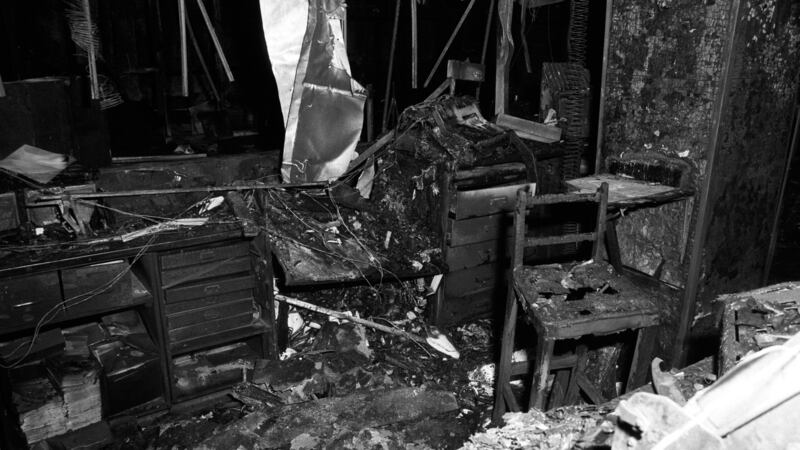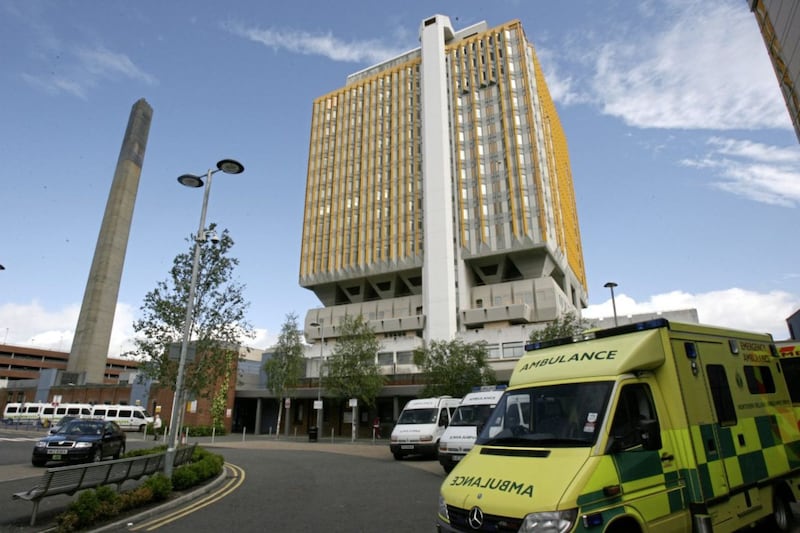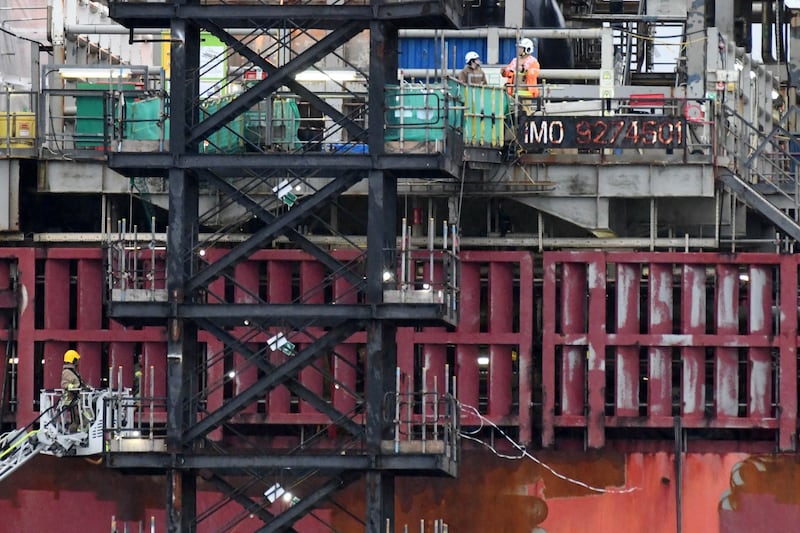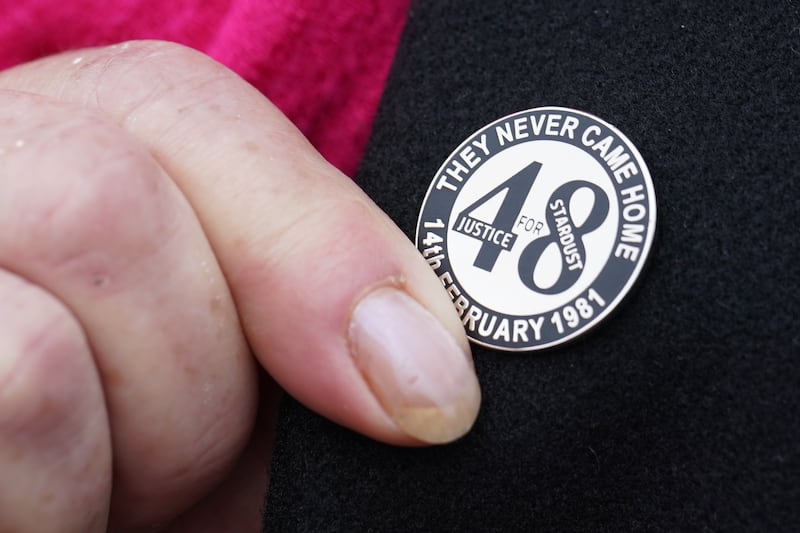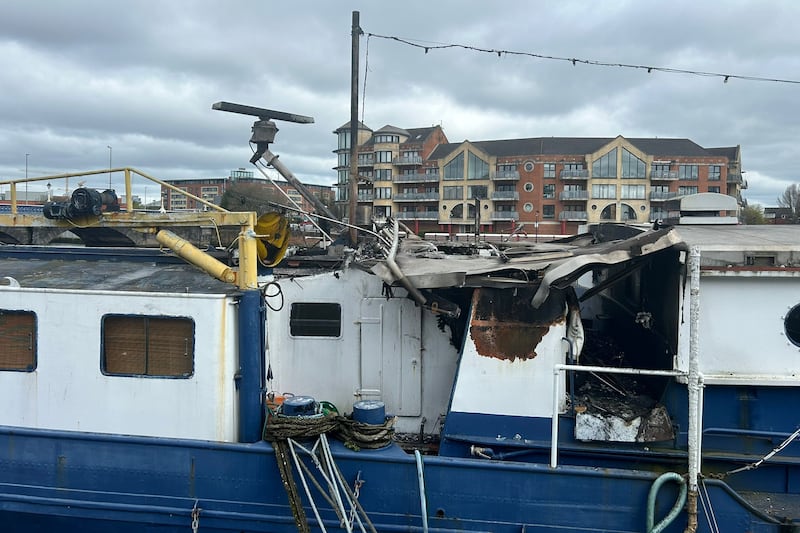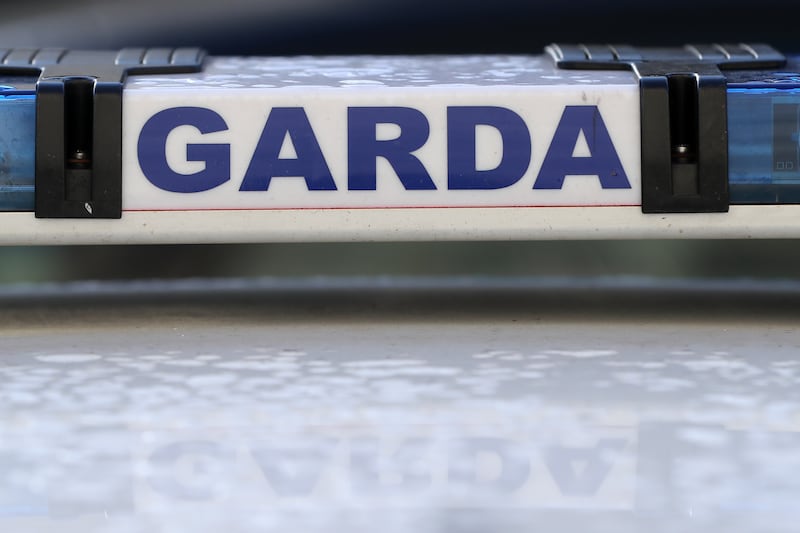In 1987 a devastating blaze at London’s King’s Cross Underground Station claimed the lives of 31 people and left 60 injured.
In the aftermath, a mass of safety improvements in stations were brought in including the replacement of wooden escalators in sub-surface Tube stations and a smoking ban across the Underground.
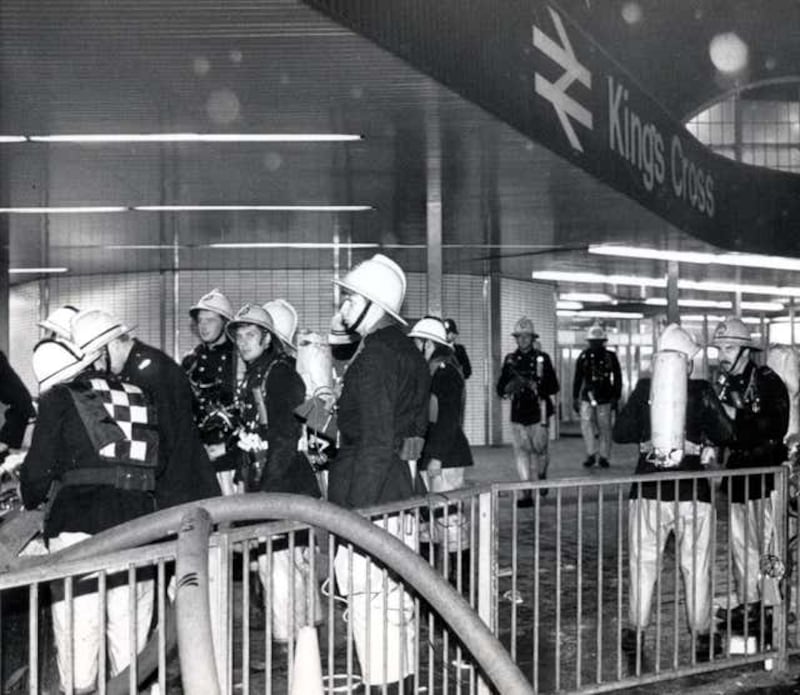
The fire started at around 7.30pm on November 18 on an escalator serving the Piccadilly line and was thought to have been caused by a smoker’s dropped match.
The stairs and sides of the escalator were made of wood and the fire started beneath the escalator, igniting grease and litter under the steps.
Within 15 minutes the flames had reached the King’s Cross ticket hall and a fireball erupted, filling the crowded station with poisonous fumes.
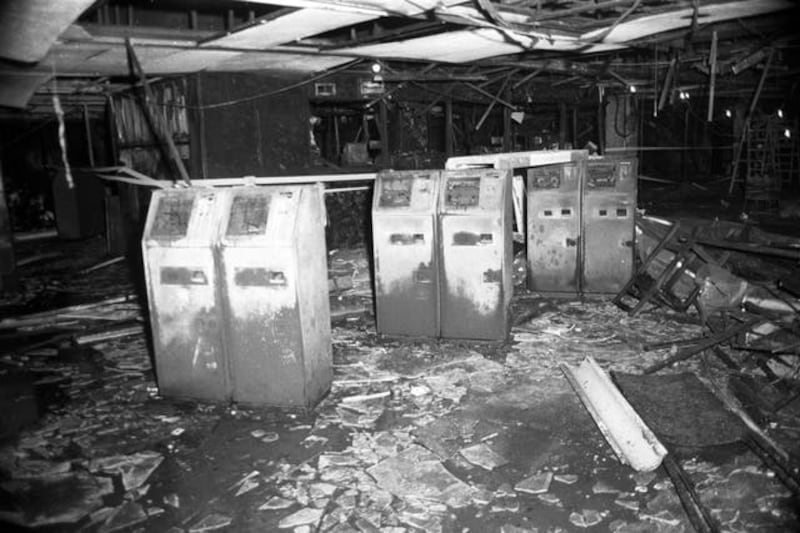
It was thought that temperatures reached 600C, with the fire made worse by a solvent-based paint used on the ceiling above the escalator.
More than 150 firefighters attended the station in 30 fire engines.
It took more than six hours to put out the fire.
London Fire Brigade said that “the heat from the fire was so intense that firefighters tackling the blaze had to use their hoses to spray the backs of colleagues in a bid to keep the temperature bearable for brief periods”.
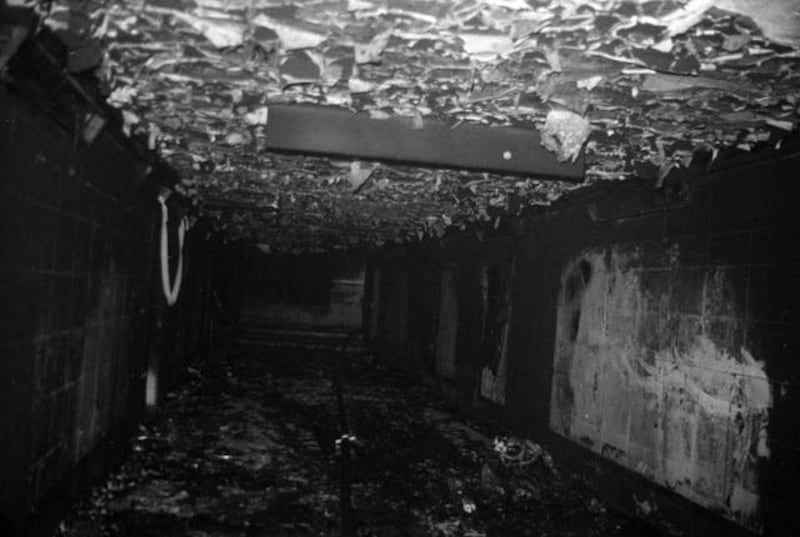
Among the victims was firefighter Colin Townsley who received a posthumous Certificate of Commendation. He was in charge of the first fire engine to arrive at the scene and was on the station when the fireball erupted, engulfing the ticket office with smoke. He was found with an injured passenger at the steps leading to the Pancras Road entrance.
Witnesses recalled seeing a firefighter wearing a white helmet just before the flashover telling passengers to get out, London Fire Brigade said.
A report into the blaze by Sir Desmond Fennell said all the evidence suggested “Station Officer Townsley was overcome by smoke and fumes while trying to help the burned passenger… a heroic act.”
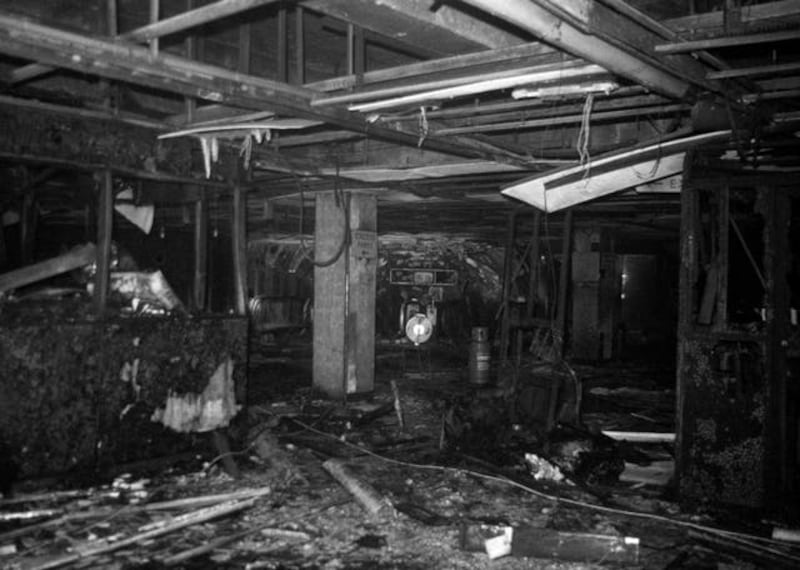
Another victim, Alexander Fallon, of Falkirk, Scotland, was not identified until January 2004.
Investigators had struggled to identify “Body 115”, but thought him to be a man in his 40s to 60s. Fallon was 72 and living rough in London. His daughters came forward after reading about the 15th anniversary in 2002, including details of the mystery body.
A service of remembrance is taking place at the station on the anniversary of the disaster at 11am. People can meet at the plaque and clock which honours those who died.
